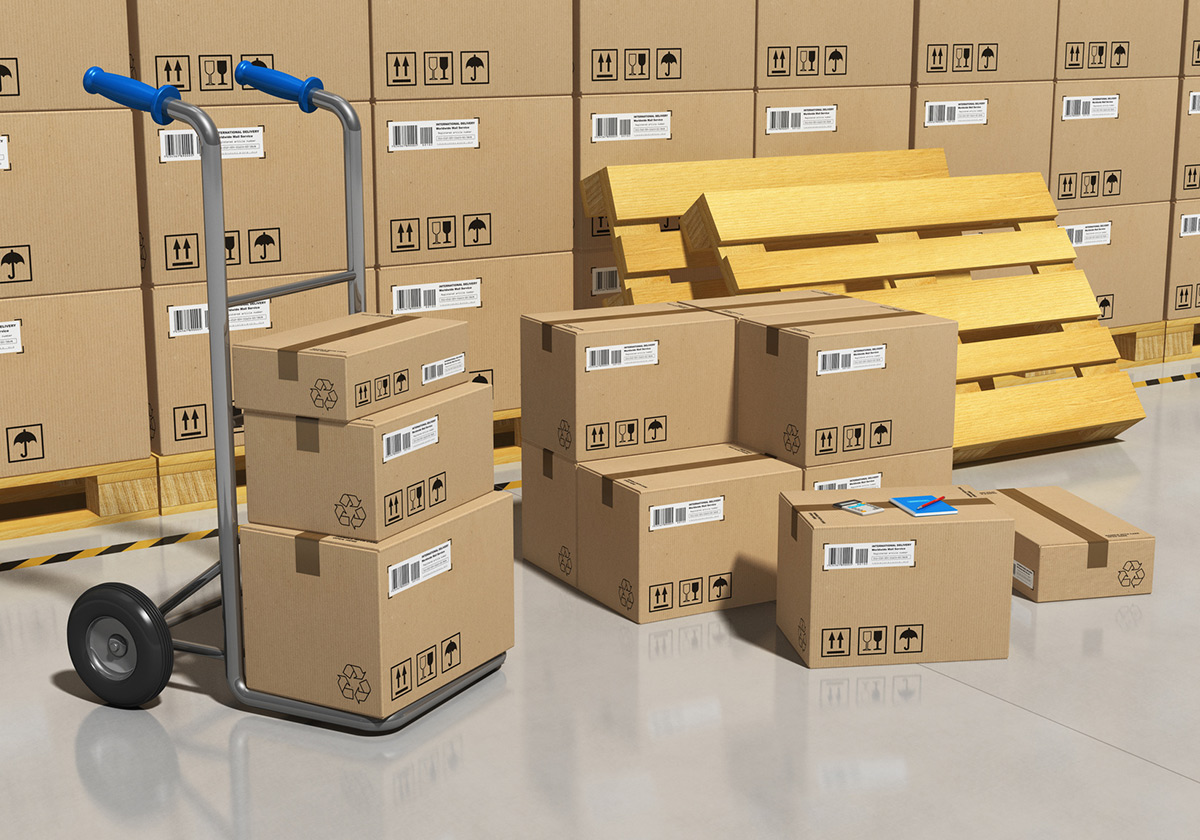How To Print On Corrugated Boxes

Introduction
Corrugated boxes are widely used for shipping and storage purposes due to their durability and strength. However, they also provide an excellent surface for printing company logos, product descriptions, and branding information. In this guide, we will explore the different methods and techniques to print on corrugated boxes efficiently and effectively.
Understanding the Corrugated Box Surface
Before diving into the printing process, it is essential to understand the surface of corrugated boxes. Unlike flat surfaces, corrugated cardboard consists of flutes, which are the arched sections that make up the middle layer of the box. The surface is irregular and can pose some challenges during the printing process. It is crucial to consider these factors while choosing the printing method.
Preparing the Artwork and Design
Creating an eye-catching design is the first step towards successful printing on corrugated boxes. Ensure that the artwork is high-resolution and in the appropriate format, such as PDF or EPS files. Consider the size and orientation of the box while designing, as this will impact the final output.
Traditional Printing Techniques
Flexography
Flexography is one of the most commonly used printing methods for corrugated boxes. It involves using flexible rubber plates mounted on a cylinder to transfer ink onto the box. This technique can efficiently handle large printing orders and offers the advantage of quick drying times.
Offset Lithography
Offset lithography is another popular printing method that involves transferring ink to a rubber blanket and then to the box surface. This technique is suitable for high-quality prints with intricate details and vibrant colors. However, it is a more time-consuming process and is best suited for smaller print runs.
Digital Printing
Digital printing has gained significant popularity in recent years due to its flexibility and cost-effectiveness. This technique eliminates the need for physical plates, making it ideal for short print runs and customizations. It also allows for quicker turnaround times and variable data printing, allowing businesses to personalize each box with unique information.
Choosing Inks and Colors
When printing on corrugated boxes, it is crucial to select inks suitable for the surface characteristics of the box. Water-based inks are often used as they adhere well to the cardboard surface and offer excellent color reproduction. UV-cured inks are preferred when fast drying times are required, as they cure instantly when exposed to ultraviolet light.
Printing Equipment and Settings
Once the design and printing technique are decided, it is essential to ensure that the printing equipment is set up properly. The pressure, speed, and ink viscosity must be adjusted to achieve optimal print quality. Testing and calibrating the equipment upfront can save valuable time and resources during the production process.
Post-Printing Processes
After the printing process, it is vital to consider post-printing processes such as lamination, varnishing, or coating. These processes help protect the print from scuffs, moisture, and other potential damages during transportation and handling. They also enhance the appearance of the print and ensure its longevity.
Conclusion
Printing on corrugated boxes is an effective way to brand and market products. Understanding the corrugated box surface, preparing the artwork, choosing appropriate printing techniques, and considering post-printing processes are key factors in achieving high-quality prints. Fast Packaging Boxes specializes in providing packaging solutions with exceptional printing capabilities. With this guide, you are now equipped to transform your corrugated boxes into effective marketing tools.
